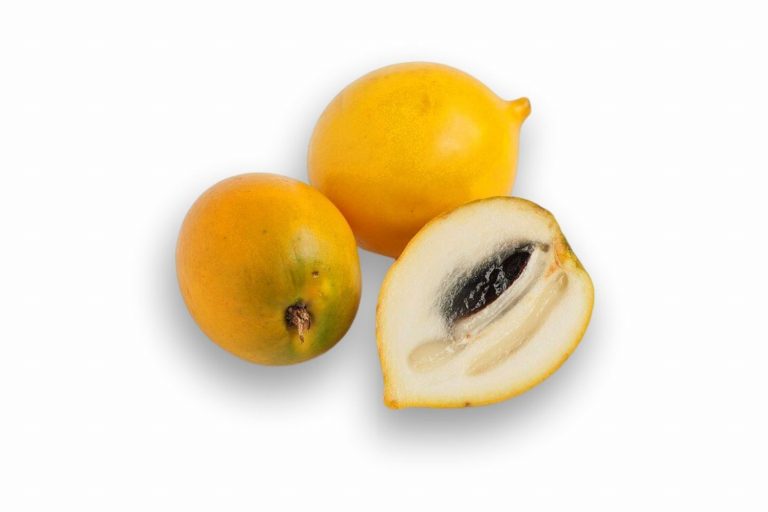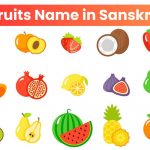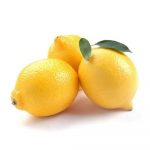Abiu Fruit also has many health benefits and nutritional values. As the world is full of flora or fauna, each life form is intricate and quite detailed. Plants, fruits, and vegetables are the same. At first, all of these were native to their nations. Plants spread around the world at the onset of trading, acquisitions, and voyages, resulting in the multiplication of varieties, although the species remained the same.
Abiu fruit has received the same treatment. Endemic to the Amazonian basin, it has since spread around. Although it needs extra care and just the right climate, the import and export of this fruit has ensured that it is readily available to everyone. The most commercially successful varieties of abiu fruits are Caribou, Gray, and Z2.
What is Abiu Fruit?
Abiu fruit is scientifically known as Pouteria caimito. It is also known as caimito, caimo, luma, abieiro, and yellow/golden star apple, amongst others throughout the world. Abiu fruit is usually either round or oval. Their ends are slightly pointed. As the fruit matures, its exterior turns from green to a vibrant yellow color. The peel is smooth yet tough. The rind is leathery and inedible.
The flesh is translucent and white and has a custardy or jelly texture. It has a mild sweet taste akin to caramel, banana, and vanilla. It contains about 1-5 brown seeds. Its texture and taste are similar to a sapodilla or sapota. When you cut an unripe fruit, it seeps out a gummy latex substance. One may also compare its taste to that of a tender coconut.
History of Abiu Fruit
They say that the abiu fruit is a native of the South American Amazon basin. From there it spread around the moist environment of Latin America. An abiu fruit thrives in a hot, humid, tropical climate with a distributed rain pattern. They are extremely sensitive to winds and cold temperatures. For this reason, it is a prominent plant in Brazil, Venezuela, and Peru.
The Americans tried to introduce the fruit to Northern America several times, but the environment was too challenging for the plant’s growth. However, it took to the climate of Hawaii and has become a staple since. It has also made itself known in the tropical weather of Southeast Asia. At present, Australia and Taiwan are the top two producers of abiu fruits. In India, Kerala is a primary producer of the fruit.
Abiu Fruit Nutritional Value
Abiu fruit has an exceptionally high water content. They also have a negligible fat content. 200 gms of abiu fruit (roughly 1 cup) contains myriad essential nutrients, vitamins, and minerals. The following table will help you understand the nutritional value of 200 gms of abiu fruit.
| ✔ Calories | 190 kcal |
| ✔ Water | 74% |
| ✔ Fat | 0.8 gm |
| ✔ Protein | 3.6 – 4.2 gm |
| ✔ Carbohydrates | 72.6 gm |
| ✔ Fiber | 1.8 – 6 gm |
| ✔ Calcium | 44 – 192 mgm |
| ✔ Phosphorus | 82 – 90 mgm |
| ✔ Iron | 2.0 – 3.2 mgm |
| ✔ Vitamin A | 260 mgm |
| ✔ Vitamin B1 (Thiamine) | 0.04 mgm |
| ✔ Vitamin B2 (Riboflavin) | 0.04 mgm |
| ✔ Vitamin B3 (Niacin) | 0.4 mgm |
| ✔ Vitamin C (Ascorbic Acid) | 98 mgm |
Health Benefits of Abiu Fruits
Abiu fruits are a rich source of vitamins A, B3, & C. Their calcium, phosphorus, and fiber content bestows upon you several health benefits. The health benefits of abiu fruit are given below:
- The high vitamin A content improves eyesight and prevents macular degradation.
- Vitamin C enriches the immune system and toughens up the body to fight infections and probable diseases.
- Vitamin B3 ensures that your gut system and central nervous health is at its best.
- It is recommended in weight loss diets because it breaks down body glucose and fat.
- The sticky pulp helps with congestion, cough, and respiratory issues.
- You can use an unripe abiu to treat parasites and pus.
- They serve as an effective anti-inflammatory and anti-anemic agent.
- They are natural laxatives.
- It stabilizes cholesterol and blood pressure levels.
- It strengthens the bones and induces tissue repair, imperative for healing.
- The antioxidants prevent the risk of cardiovascular diseases and promote a healthy heart.
- The trace amount of folate aids in diminishing cancer.
How to Cut an Abiu Fruit?
A ripe abiu fruit is pretty easy to cut. You simply need to adhere to the following instructions.
- Wash the fruit thoroughly to wash away any pesticides or insecticide remnants.
- Cut the fruit lengthwise and expose the flesh.
- You may now proceed to scoop out the pulp. Beware of the seeds.
- If you wish, peel the skin back and segment the fruit.
When an abiu fruit is cut, the exterior releases a trace amount of white sticky latex. Thus, if you wish to take precautions, you may rub some oil on your lips before consuming the fruit.
How to Eat an Abiu Fruit?
As explained above, it can be consumed raw. However, you may also incorporate abiu fruit into smoothies, shakes, juices, salads, or ice creams. They also pair well with pana cotta and cheesecakes.
Given below are a few recipes that you must try to bring out the flavor of the Abiu fruit.
1. Abiu Fruit Pudding
Abiu pulp is an exciting addition to the traditional pudding. The pudding itself is tasty, though you must pair it with a toffee sauce, or even simple syrup.
Ingredients
You will need the following ingredients to make a delectable abiu pudding.
- Abiu fruit pulp – 6 cups
- Dates/ Figs/ Pecans – 1 cup
- Water – 2 cups
- Vanilla extract – 2 tablespoons
- Baking powder – 2 tablespoons
- Flour – 3 cups
- Sugar – 1 cup
- Eggs – 2
- Butter – 100 gms
Recipe
You must not make haste. You can prepare the abiu fruit pudding easily and quickly by adhering to the following steps.
- Using a hand mixer, cream together butter and sugar. As the air is gradually incorporated, the mixture should turn fluffy.
- To this mixture, add eggs, a pinch of salt, vanilla extract, and baking powder.
- Boil your dates, figs, pecans, or other dry fruits. Take them out when they turn soft.
- Mix the boiled dry fruits with the buttercream.
- At this stage, you may gradually add the flour.
- Grease your cake tin and pour the mixture into it. Cook it at 400 degrees Celsius for 16 – 20 minutes, until the skewer comes in clean.
- When cooked, take it out and allow it to cool.
Now that it has been resting for a while, you may slice it into the pudding and serve it with simple syrup or a toffee sauce. You may even chop up some dry fruits and sprinkle them on top. This mouth-watering dessert is sure to tingle your tastebuds.
2. Abiu Fruit Salad
Abiu provides a gelatinous texture to your fruit salad. This creamy texture and sweet taste are sure to elevate any fruit bowl to which it is added.
Ingredients
You must gather your ingredients beforehand. For this recipe, you will need the following items.
- Pineapple – 1 cup
- Apple – 1 cup
- Grapes – 1 cup
- Kiwi fruit – 1 cup
- Abiu fruit – 1 cup
- Dry fruits of your choice
- Lime juice – 3 tablespoons
- Chilli powder
Recipe
A fruit bowl is pretty easy to make. Since it is a mixture of several fruits and people eat it raw, it preserves its nutritional value. To make an abiu fruit bowl, you must follow the given steps.
- Add all the fruits in a large bowl. Mix them well.
- Add 3 tablespoons of lime juice.
- You may add a pinch of chili powder, salt, and sugar to bring out the flavor.
- You may top it with dry fruits preferably cashew nuts and dried coconut. You may add other dry fruits of your choice for an extra crunch.
Voila, your fruit bowl is ready to be eaten. This recipe takes no more than 2 minutes, given that all the ingredients have been prepped beforehand. Be prepared for a fresh and fruity explosion.
You can also check out recipes for Dragon Fruit too.
Conclusion
Abiu fruit is a sweet fruit and enhances the flavor of any sweet dish, shake, dessert, or baked confectionery. Its extant nutritional value and health benefits make it a significant addition to any diet. Thus, we recommend you get your hands on this fruit as soon as you can and taste the wonderful tropics.





